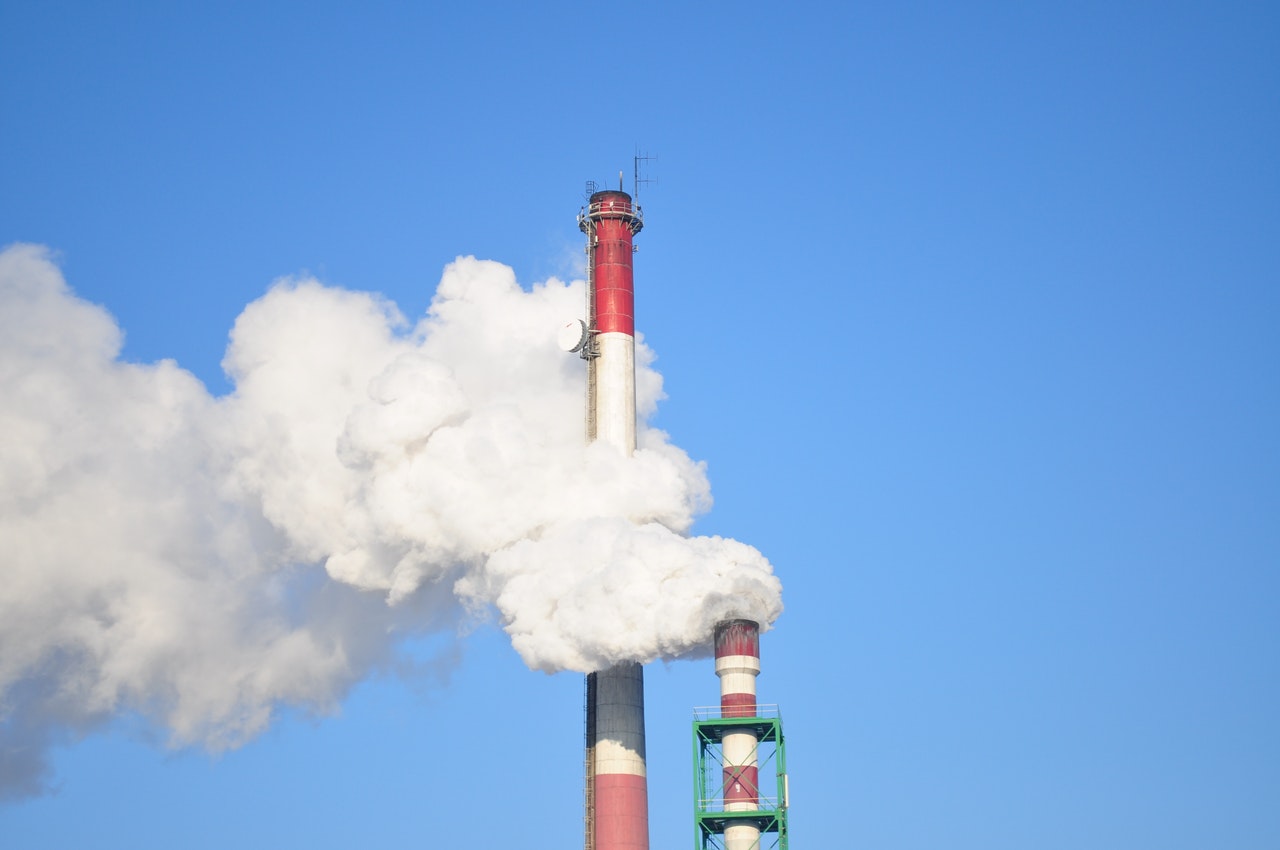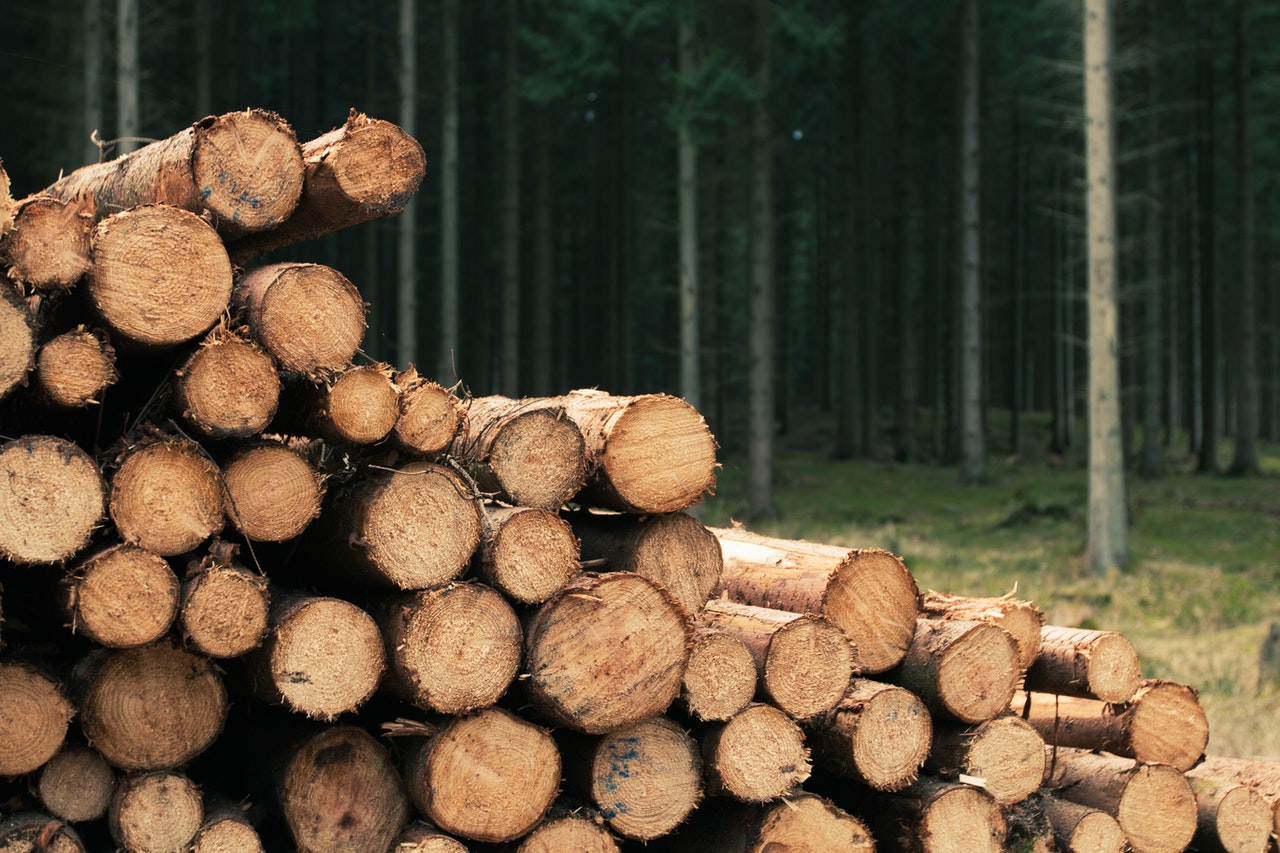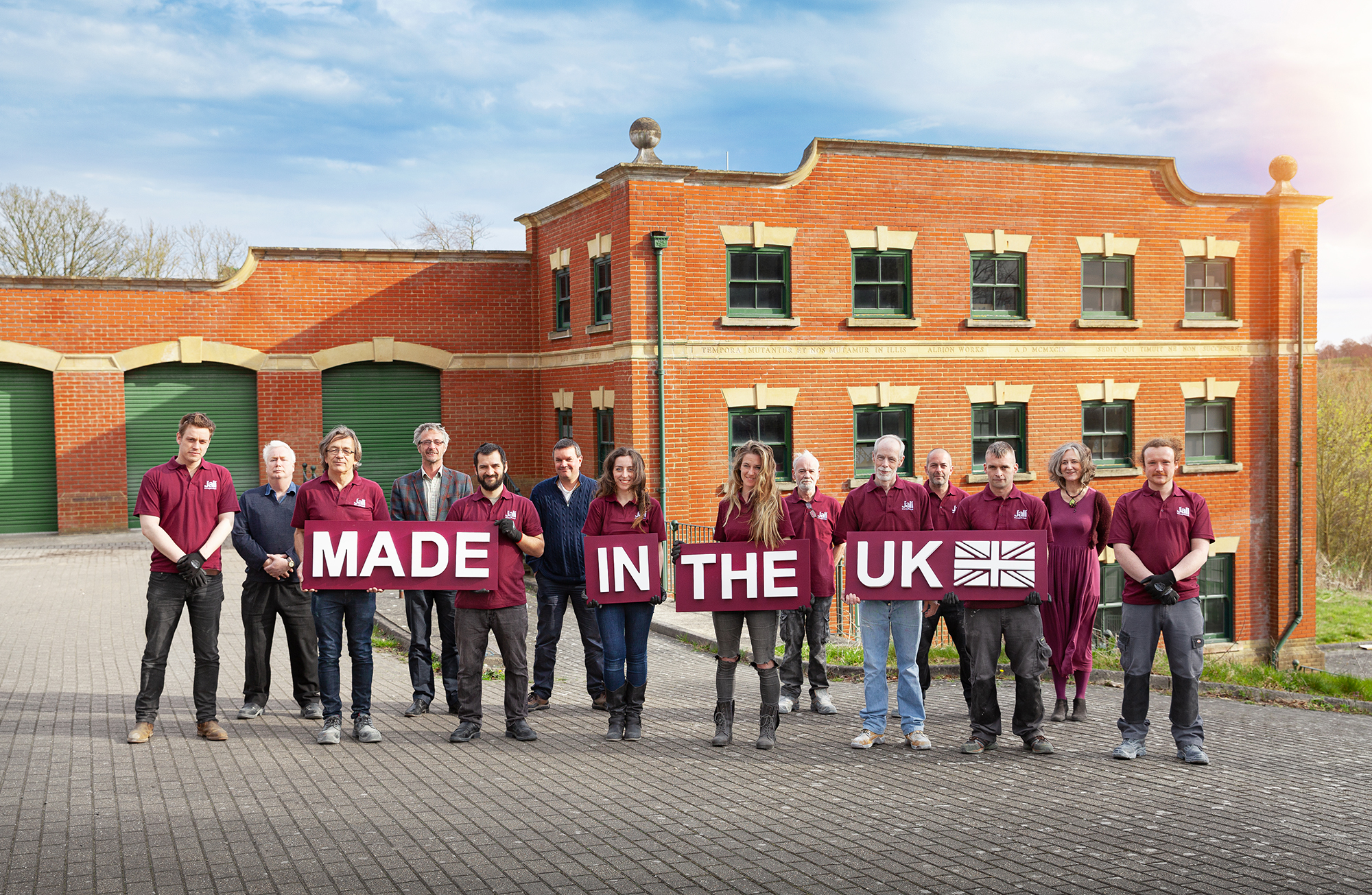Mitigating and fighting climate change is about reducing CO₂ emissions, which (along with methane) represents ~90% of all greenhouse gases. Largely the result of burning fossil fuels to provide energy for transport, heating, electricity and industry, CO₂ emission effectively forms an insulation around the planet. Now as the Earth absorbs sunlight, the heat cannot easily pass back through the atmosphere, which keeps it around for longer. That means higher temperatures, which comes with disastrous consequences for life on Earth.

Smoke Stacks
At a government level, the solution involves shifting from a fossil fuel based economy toward a ‘bioeconomy’, i.e. the sustainable production and conversion of biomass (plant or animal material), for a range of food, health, fibre and industrial products and energy.
Sounds great, but a ‘burning’ question remains; what can we do, now, to help? As consumers, I think we can demand more transparency from companies and manufacturers, to help us make more informed choices about the products we buy. We expect government to enforce targets and tariffs, but it’s the consumers who choose to support greener alternatives who will enact change the fastest. Although paying the occasional extra premium for green may be considered a luxury, with wider uptake, ethical options will become more affordable.
There are still goods we need – or sometimes think we need – that cannot easily be made without some collateral damage. For others there are alternatives being developed, like replacing plastic packaging for recyclable or compostable materials. Certain materials can even be substituted with by-products from other industries, fulfilling a need as well as reducing unnecessary waste. Perhaps the best material on the planet, however, is wood.

European Forestry
The consumption of wood in Europe is supplied almost exclusively by European forests, which are subject to careful regulation. These forests continue to grow, having expanded 17.5 million hectares in the last 25 years, providing an abundance of fast growing timber. They play a key role in reducing carbon emissions, as the trees absorb atmospheric CO₂, acting as a ‘carbon sink’. Using mature trees sustainably for wood products reduces emissions, both through the preservation of carbon inside the material itself, but also by avoiding alternative CO₂-intensive materials.
In Europe, the volume of wood in use (and being processed) currently stores 38.2 million tonne equivalents of CO₂, making a key contribution to reducing levels of atmospheric greenhouse gases.
At Jali, we use moisture-resistant MDF (Medium Density Fibreboard) in our furniture, often with a real Oak veneer, or coated with water-based paint. The MDF is composed mainly of wood chip waste generated by local mills, thereby fulfilling a key recycling element which might otherwise contribute to CO₂ emission. Another benefit of MDF is that, although the chips require processing (they are compressed together to create the versatile material), 100% of the tree may be used, leaving nothing to waste. Since MDF saves on waste and is extremely economical about the rest, it is an inherently positive and responsible material, and an environmental star performer.
Our MDF boards are CNC machined to extract the required parts, which are nested to achieve the best possible board yield. The remainder of the board will be waste, which must be minimised. Every part is unique, since we allow our customers to completely customise their furniture products online. However, what sounds like a logistical nightmare actually gives rise to another of Jali’s key strengths. We use our award-winning technology to combine the made-to-order principle of bespoke manufacture with the advantages of mass production. Rather than cutting out one order at a time, all parts from all orders currently in production exist in a digital ‘pool’. At any one moment, the Jali computer system has automatically nested all future boards to maximise yield, checking every few seconds for new parts in the pool, and optimising the result. After cutting, the parts are then sorted back into their order groups.

CNC Board Nesting
This approach is central to Jali’s lean manufacturing standard, which allows customers placing orders on the Jali website to effectively drive the machines directly, with little to no human involvement in between. In general terms, mass production is considered the most efficient, but it is also more wasteful, since it results in a large inventory that may not find an immediate buyer. Since around 1995, Jali has adopted a manufacture-on-demand model which minimises wasted effort and maximises productivity, but without limiting the bespoke product or service. We believe innovations of this nature will play a dominant role in making manufacturing a more planet-friendly enterprise.
Finally, what happens to the waste MDF at Jali? To ensure that not a joule of energy is wasted, all the offcut is chipped, stored in a silo and burnt as needed. This heat is used to heat the Jali factory, offices and the paint drier, so that no fossil fuels are burnt unnecessarily.

The Jali Factory
Customers can definitely buy with confidence that, as an innovative UK manufacturer of wood furniture products, Jali has an exemplary record of putting the planet first. But as the global issues have become increasingly prevalent, we’re asking ourselves what else we can do. Clearly, every business must continually improve to lessen their environmental impact, and in some cases, make some fairly radical changes. Where this isn’t possible, we hope wealthier companies (and those already carbon neutral) will do more to become carbon positive – thus helping to balance the global scales.






